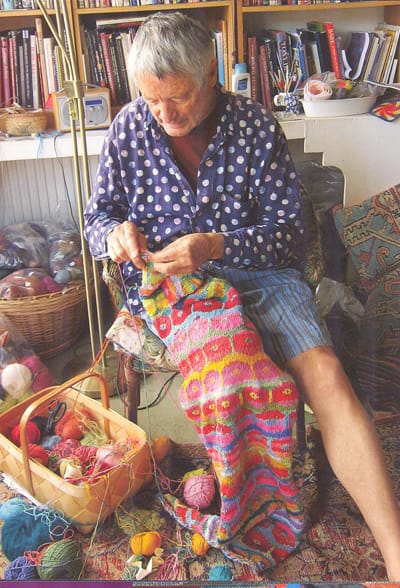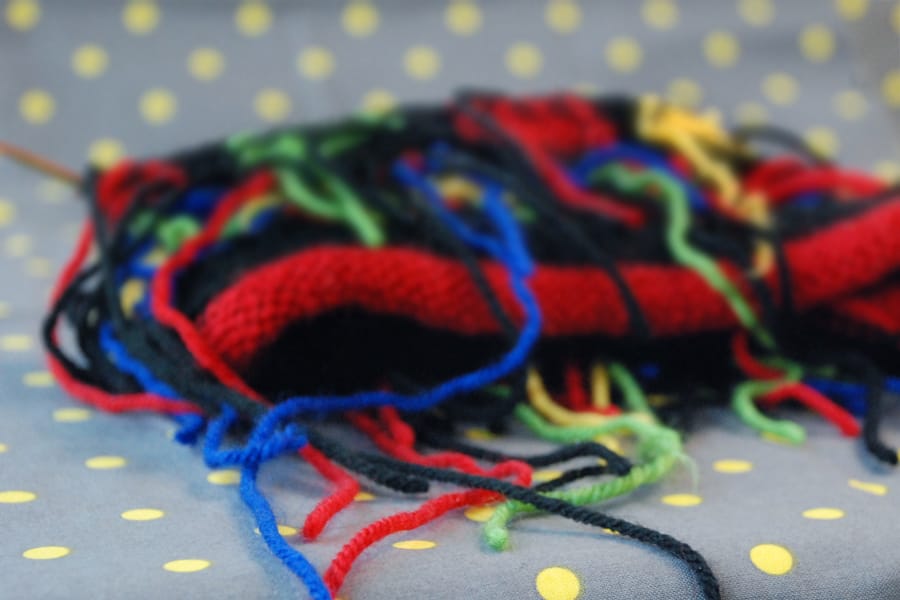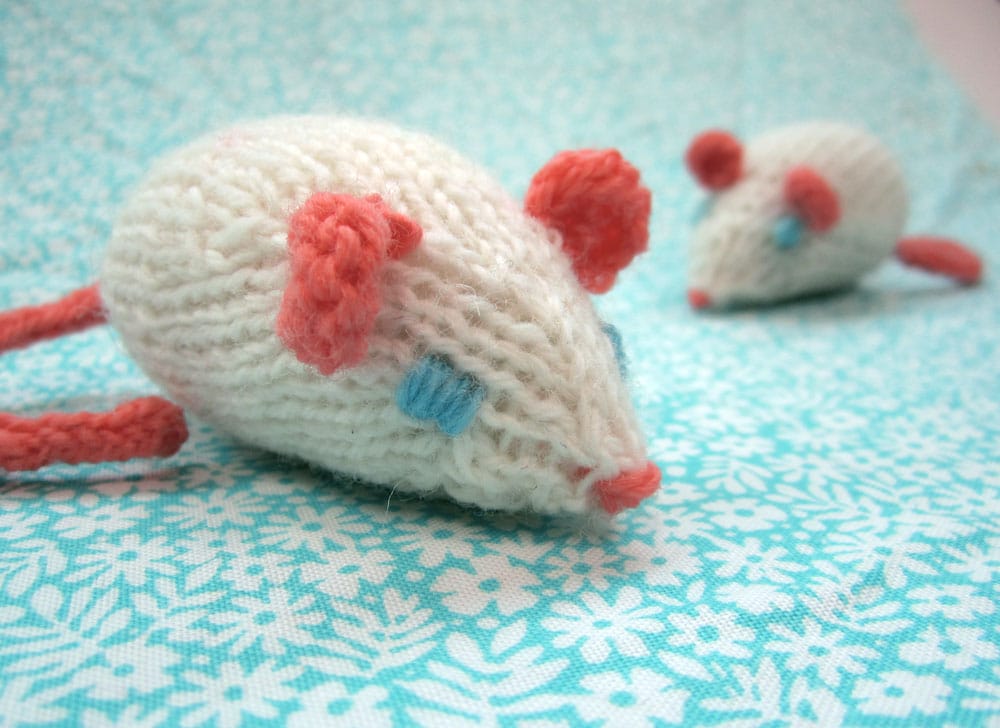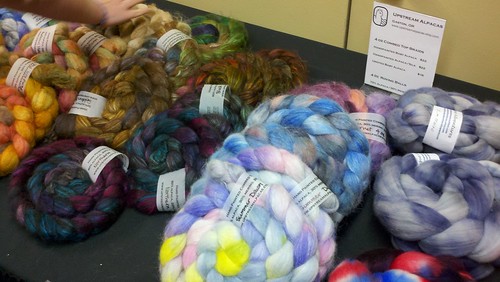Buttonholes seem like the simplest of closures but you will want to take careful consideration of the size of your buttons relative to the size of your garment as well as the function of the button (is it decorative or utilitarian?). To help make this potentially tricky process a bit easier, we have created a guide to three different buttonhole styles – including the one row buttonhole, two row buttonhole, as well as a buttonhole for ribbing.
Usually shank buttons are best for knitted garments since the button shank gives more vertical clearance for the thickness of the knit fabric. If you are using a flat button, you may want to create a shank by wrapping thread or yarn around the stitches that attach the button to the fabric. Wrap the stitches between the button and the fabric, then secure the thread or yarn with a knot at the back side of the fabric.
Read more »








